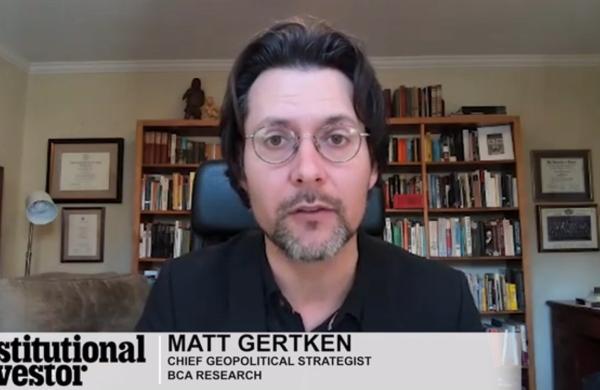For investors who believe that the greenest companies will also be among the most profitable, the recent U.S. Securities and Exchange Commission guidance on climate risk disclosure is a huge victory. Although companies have long been required to include any material risks such as impending lawsuits in their public filings with the SEC, they have generally avoided revealing things like energy waste, carbon emissions or other polluting activities.
But investors in favor of the new disclosure recommendations, which make climate risk reporting mandatory starting next year, may want to hold their applause. Not only will compliance require countless additional hours and dollars from companies, it could also become a drag on their stock prices should significant risky practices come to light.
Consultants are already lining up to advise companies on how to inventory their climate-related risks. “It’s going to be a challenge to develop diagnostic tools and metrics,” says Rodney Taylor, managing director of Aon Environmental Services Group in Windermere, Florida. Taylor believes it will likely cost companies tens of thousands of dollars in consulting fees to set up a program and monitor it annually. There will also be costs associated with adding climate change coverage to corporate insurance policies, says Lindene Patton, climate product officer at Zurich Financial Services in Zurich.
For investors keen to screen for environmental responsibility, the guidance release is a good first step.





